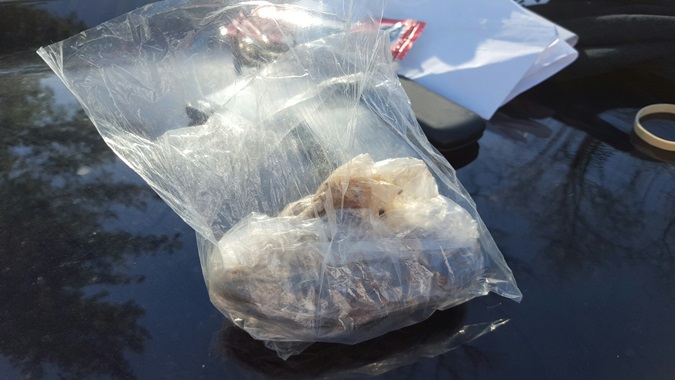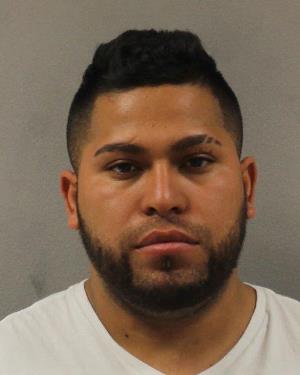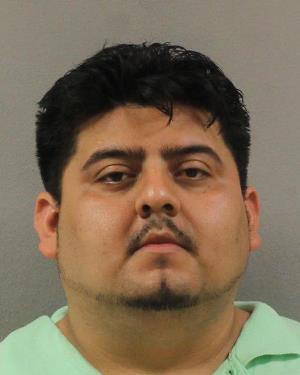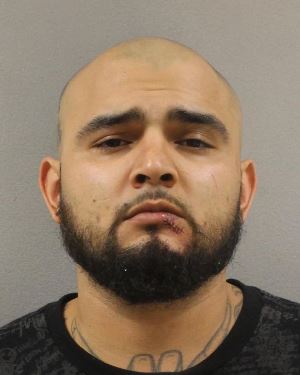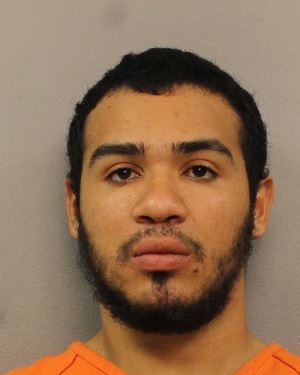How US green cards ended up being sent to the wrong people…..
WaPo: Green cards sent to wrong places, even after change-of-address requests
A green card is like a green light for foreigners living in the United States.
Officially called “permanent resident” cards, they authorize holders to live and work here. Given the millions of people who reside here illegally, the documents are a valuable commodity among those who can’t get them through proper channels.
So when the government sends cards to the wrong address, it’s a big problem for those who should have them but don’t and for government officials who wince at the thought of the cards in the wrong hands.
Now comes word that since U.S. Citizenship and Immigration Services (CIS) installed its Electronic Immigration System (ELIS) in 2012, the number of cards going to the wrong places has only increased.
By how much, no one seems to know.
In this age of terror, this can be more serious than an employee working without proper papers.
A new report from the office of John Roth, the inspector general in the Department of Homeland Security, which includes CIS, says officials acknowledge there is “no accurate means of identifying the exact number of potentially hundreds of cards sent to incorrect addresses for cases processed in ELIS.”
As seems to be the case repeatedly in government lately, the blame goes to the computer systems, as if they are beyond the control of chief information officers. But that’s apparently the case at CIS.
The report says the cards were sent erroneously “due to a system limitation” that prevented humans from changing the addresses. Even when green-card holders requested a change of address, employees could not update the system.
“Further,” the report continued, “the system did not always accurately display address information, often eliminating or cutting off critical elements such as apartment numbers.”
The report said CIS officials told investigators the “only option for addressing the problem of incorrect addresses was to manually send out notices with instructions on how to mail the cards back.”
Not surprisingly, that strategy didn’t work.
When the Federal Insider asked the CIS public affairs office about the report’s green-card findings, it did not take long for the agency to respond with a lengthy statement from CIS Director León Rodríguez.
Unfortunately, his statement said nothing about green cards.
Rodríguez was critical of the report, however, saying it “does not fully recognize the extent of USCIS’ efforts to implement new technology and the extraordinary impact that these changes have had on the effectiveness of the system.” Several of the findings “do not reflect the drastically improved approaches put into place as we rebuilt our Electronic Immigration System,” he said, adding that the report did not “fully acknowledge” improvements made after an inspector general’s audit period, which ended in July.
Roth’s office sought comment on the report from CIS management before publication. The document said Rodríguez “did not understand our ‘report’s assertion that national security was impacted based on address changes by applicants.’ ”
Roth’s office did not understand that misunderstanding.
“It is intuitive,” the report said, “that sending official USCIS credentials to unauthorized individuals poses potential national security risks.”
It certainly is intuitive for Sen. Ron Johnson (R-Wis.), chairman of the Homeland Security and Governmental Affairs Committee.
Not only is ELIS “years behind schedule and billions over budget, its continued shortcomings put our nation at risk,” he said. “With ISIS and other terrorist groups active around the world and committed to attacks on our country, our national security depends on our systems for screening visa and immigration applications working effectively.”
At a minimum, that means fixing a system that sends green cards to the wrong place even after a change of address was requested.






